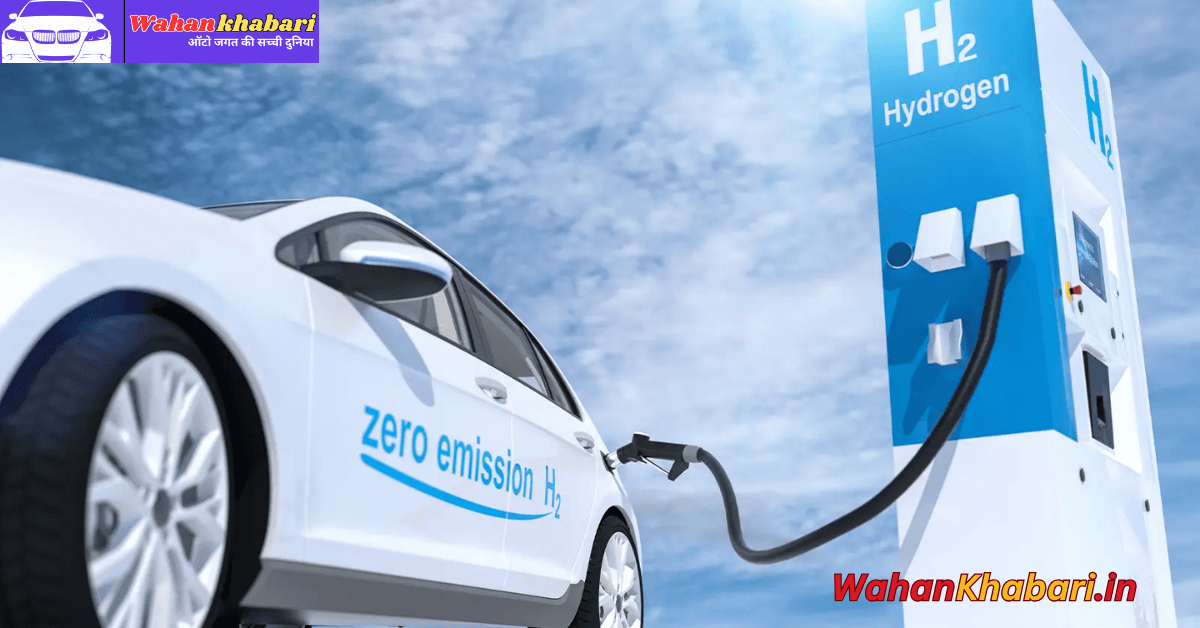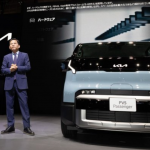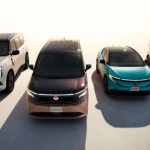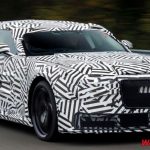The global spotlight has largely fallen on battery electric vehicles (BEVs). With companies like Tesla, Rivian, and legacy automakers diving into electric innovation, it’s easy to overlook an alternative that has been around for decades: hydrogen fuel cell vehicles (FCVs). But as the world grapples with the challenges of climate change, grid stability, and long-term energy storage, hydrogen has begun to re-enter the conversation with renewed momentum. So, are hydrogen fuel cell vehicles the future of transportation—or just a niche solution?
What Are Hydrogen Fuel Cell Vehicles?
Hydrogen fuel cell vehicles are electric vehicles that use a fuel cell to convert hydrogen gas into electricity, which then powers an electric motor. The only byproduct? Water vapor. This makes them emission-free at the tailpipe, aligning with global goals to decarbonize transportation.
Unlike battery electric vehicles, which store energy in large lithium-ion batteries, hydrogen FCVs generate electricity on demand. A hydrogen tank feeds the gas into the fuel cell stack, where it undergoes a chemical reaction with oxygen from the air. The result is electricity that powers the motor, and water as waste.
Notable models include the Toyota Mirai, Hyundai Nexo, and the Honda Clarity Fuel Cell.
The Advantages of Hydrogen FCVs
- Fast Refueling
One of the strongest selling points for hydrogen vehicles is how quickly they can refuel—typically in 3 to 5 minutes. This is comparable to gasoline vehicles and significantly faster than the time it takes to recharge a BEV, even with fast chargers. - Long Range
FCVs generally offer a longer range than many battery-powered vehicles. The Toyota Mirai, for instance, can travel over 400 miles on a full tank. This makes hydrogen a compelling option for long-haul transportation or areas where charging infrastructure is sparse. - Zero Emissions
When using green hydrogen (produced from renewable energy sources like solar or wind via electrolysis), FCVs are genuinely zero-emission from well to wheels. This aligns well with stringent carbon neutrality goals. - Scalability in Commercial Transport
Hydrogen shines particularly in sectors like freight transport, buses, and heavy-duty trucking. The high energy density of hydrogen fuel makes it more practical for carrying heavy loads over long distances, where battery weight becomes a limiting factor.
The Challenges Holding Hydrogen Back
Despite its promise, hydrogen fuel cell technology faces significant barriers:
- Lack of Infrastructure
The biggest hurdle is the scarcity of hydrogen refueling stations. As of mid-2025, the U.S. has fewer than 100 public hydrogen stations, mostly clustered in California. Expanding this infrastructure nationwide would require massive investment and long-term planning. - Hydrogen Production Issues
Today, most hydrogen is produced using natural gas—a process known as “gray hydrogen,” which emits significant CO₂. “Green hydrogen,” the cleanest form, is still expensive and not widely available. Until the cost of green hydrogen drops and production scales up, FCVs remain environmentally questionable. - Cost of Vehicles and Fuel
FCVs are expensive to produce, primarily due to the use of rare materials like platinum in fuel cells. Although costs have dropped in recent years, hydrogen fuel is still pricier per mile than electricity in most regions. - Energy Efficiency
Hydrogen is less energy-efficient than batteries. From production to vehicle use, significant energy is lost in electrolysis, compression, transportation, and conversion within the fuel cell. BEVs, by contrast, deliver higher efficiency from power source to wheels.
Hydrogen vs. Electric: A False Dichotomy?
Rather than viewing hydrogen and battery-electric as competitors, many experts argue they are complementary technologies. Battery electric vehicles are ideal for short-range urban use, where charging infrastructure is more feasible and range requirements are lower. Hydrogen, on the other hand, may become essential for applications where batteries fall short—like heavy-duty trucks, shipping, aviation, and even backup power generation.
Companies like Nikola Motors and Hyundai are betting big on hydrogen trucks, while Airbus is researching hydrogen-powered aircraft. Japan and South Korea have national strategies focused on building a hydrogen economy, integrating it not just in transport but across industries.
What Needs to Happen for Hydrogen to Thrive?
For hydrogen FCVs to gain mainstream traction, several shifts need to occur:
- Investment in Infrastructure: Governments and private sectors must build a robust network of refueling stations to make hydrogen cars viable beyond niche markets.
- Clean Hydrogen Scaling: Increasing the production of green hydrogen through investment in renewable-powered electrolysis will be critical.
- Policy Support: Subsidies, tax credits, and incentives can help reduce costs and spur adoption.
- Public Awareness and Trust: Most consumers remain unfamiliar or skeptical of hydrogen cars. Outreach and demonstration projects can help change perceptions.
Final Verdict: Are They the Future?
Hydrogen fuel cell vehicles are a part of the future, but not the future—for passenger cars, at least. Battery electric vehicles have already gained a significant lead in consumer markets, and infrastructure is expanding rapidly.
However, hydrogen is poised to play a crucial role in decarbonizing segments of the transport sector that batteries can’t reach efficiently. In the broader energy ecosystem, hydrogen also has potential as a storage medium for excess renewable energy and as a fuel for industrial processes.

Hello, my name is Muskan Kumari and I am an experienced Digital Marketer. I have been blogging for the last 3 years and I have special interest in SEO. Here I give you easy bikes and writes easy-to-understand reviews and news about the latest bikes, helping readers choose the best options.. My aim is to always provide you with accurate, new and useful information.










